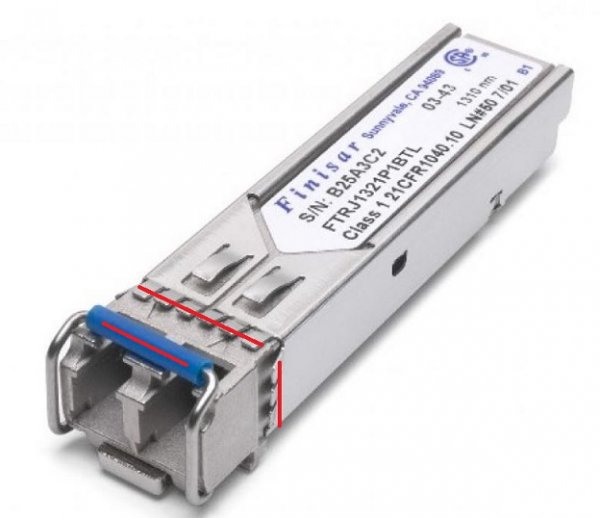What an excellent report, Emile. Thank you. Much appreciated. I had to finally register here, so I can post.
Welcome to the forum nenon!
but one may be too attached to the glare-y sound and may even prefer it. It is indeed a way to tweak your system.
We could add some systems may have been voiced around a "glare-y" sounding component by for example compensating with "dark" interconnects, subsequently replacing that component with a less "glare-y" one could be perceived as it unjustly being dull sounding and perhaps lacking "detail".
One of my takeaways from Emile’s report is how dependent the network tweaking is on the local environment. It’s very important to keep in mind the context of his tests. And people should be careful how they read his report.
Absolutely, thank you for highlighting that.
He did not say that the etherREGEN is better than the SOTM. He said that the etherREGEN “was initially disappointing” but in a very specific scenario it sounded really good (and better than the SOTM combination he has tried).
Yes, and I'm not using the Ether Regen as it is supposed to be used, but how I got the best results from it in MY system. So if you do not like how it performs using it as the manual suggests, do experiment a bit before discarding it.
Also note I belief there to be a reason for why I did not get satisfying results from the SOTM being the silver wire "upgrade", as its sound signature seems similar to more "aggressively" voiced solidcore silver interconnects. It's of course very interesting this same signature is evident in analogue interconnects and network switches. But at this stage it is an assumption until I have replaced it with copper wire.
He also said that he has “done a brief check with a low power server prototype with no SFP port present running an audiophile Linux variant, and the results are very different”. You have to keep those things in mind. I hope the person who commented earlier that he changed his purchasing decision based on that report has an Extreme server or is planning to buy one. There are other reports that can be found comparing switches with different results in a different context.
Once again thank you for highlighting that.
I have been playing a lot with my home network recently. As some others have reported, replacing the all-in-one cable modem/router/firewall/etc. box the cable companies in the US provide with a dedicated cable modem.
Unfortunately that is a bridge too far for most. We don't have that option here in our building either.
good linear power supplies helps a lot.
Wholeheartedly agree.
I know Uptone was engineering the etherREGEN switch to be insusceptible to upstream devices and were thinking that the power supply would probably not matter.
I would suspect they are aware but just cannot include a high grade LPS at that price level.
Having said all that, I am curious what the entire upstream network looks like at Emile’s lab.
We don't have options to choose between, we have a 200Mbit line with the modem provided by the ISP in the basement. From there I have a 5 meter copper cable into our demo room where I split it into an audio and office network. The office network has hundreds of meters of wiring and dozens of devices so I do experiment isolating my audio network from that, but also quite often just use a Netgear GS-108 as a "splitter" to simulate more real world scenarios.
I am also curious if Emile has done any testings with the JCAT Net Femto card in the Extreme.
Yes I did, in the final version of the Extreme this was a sideways move, though in early versions a definite upgrade. Do note the JCAT Femto card provides the option to power it from an external power supply which again would give you a degree of voicing. However external powersupplies used this way are able to damage the Extreme beyond our control.



